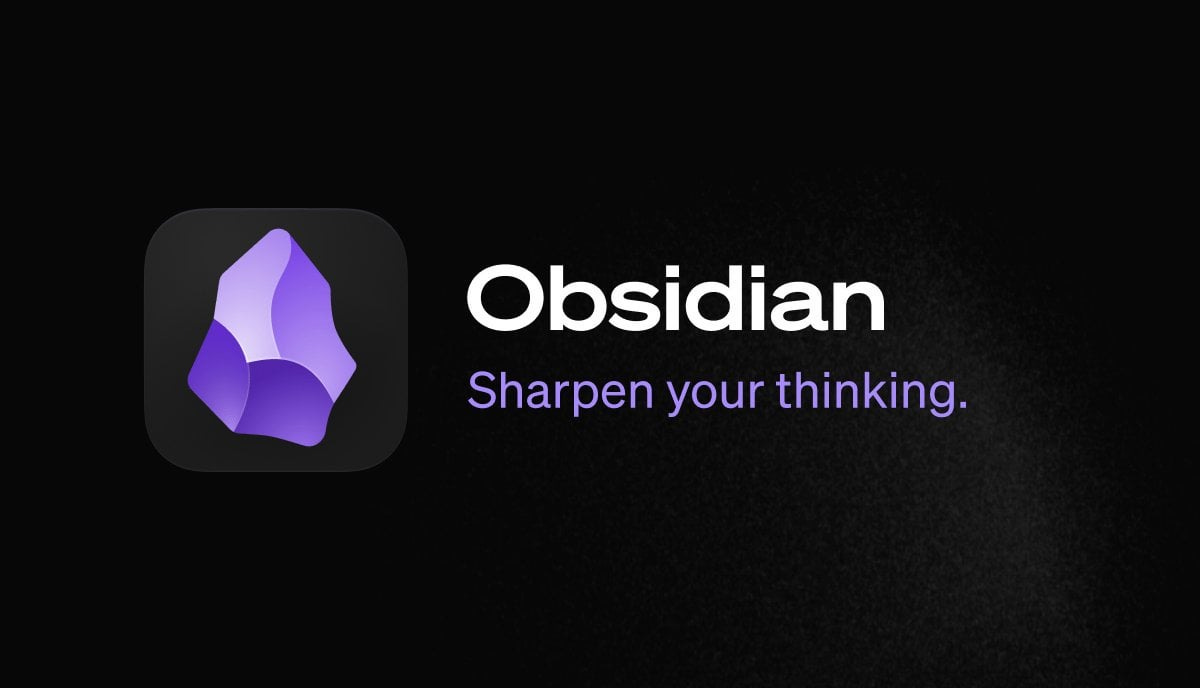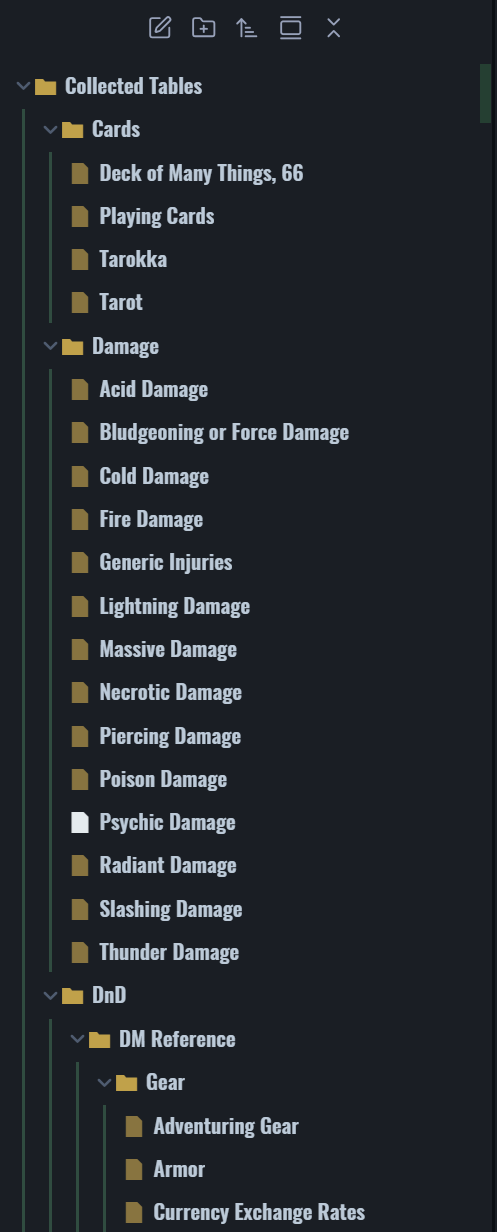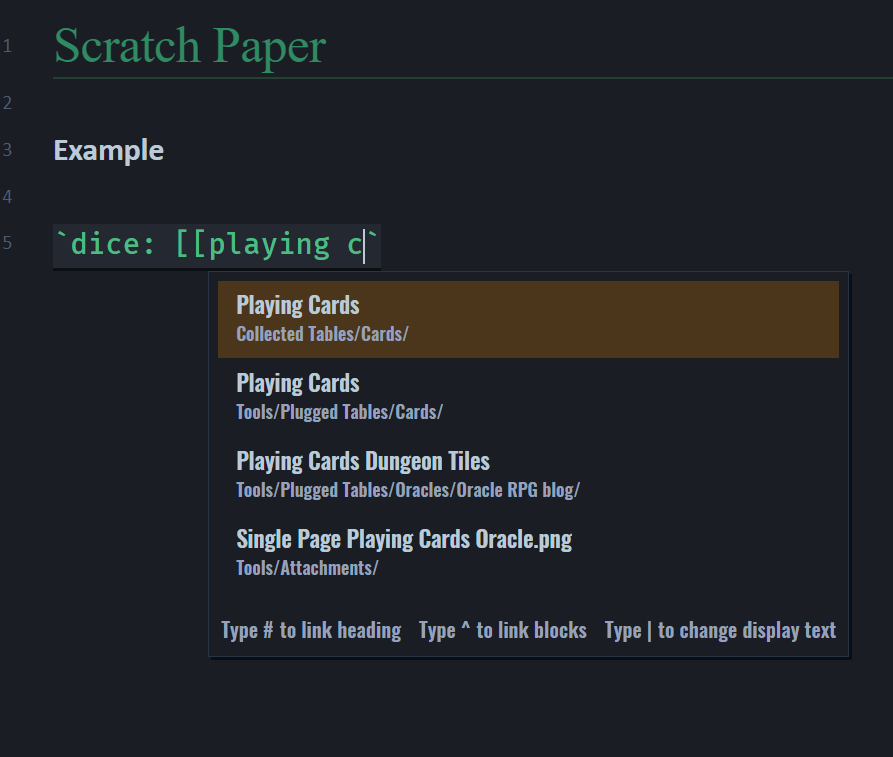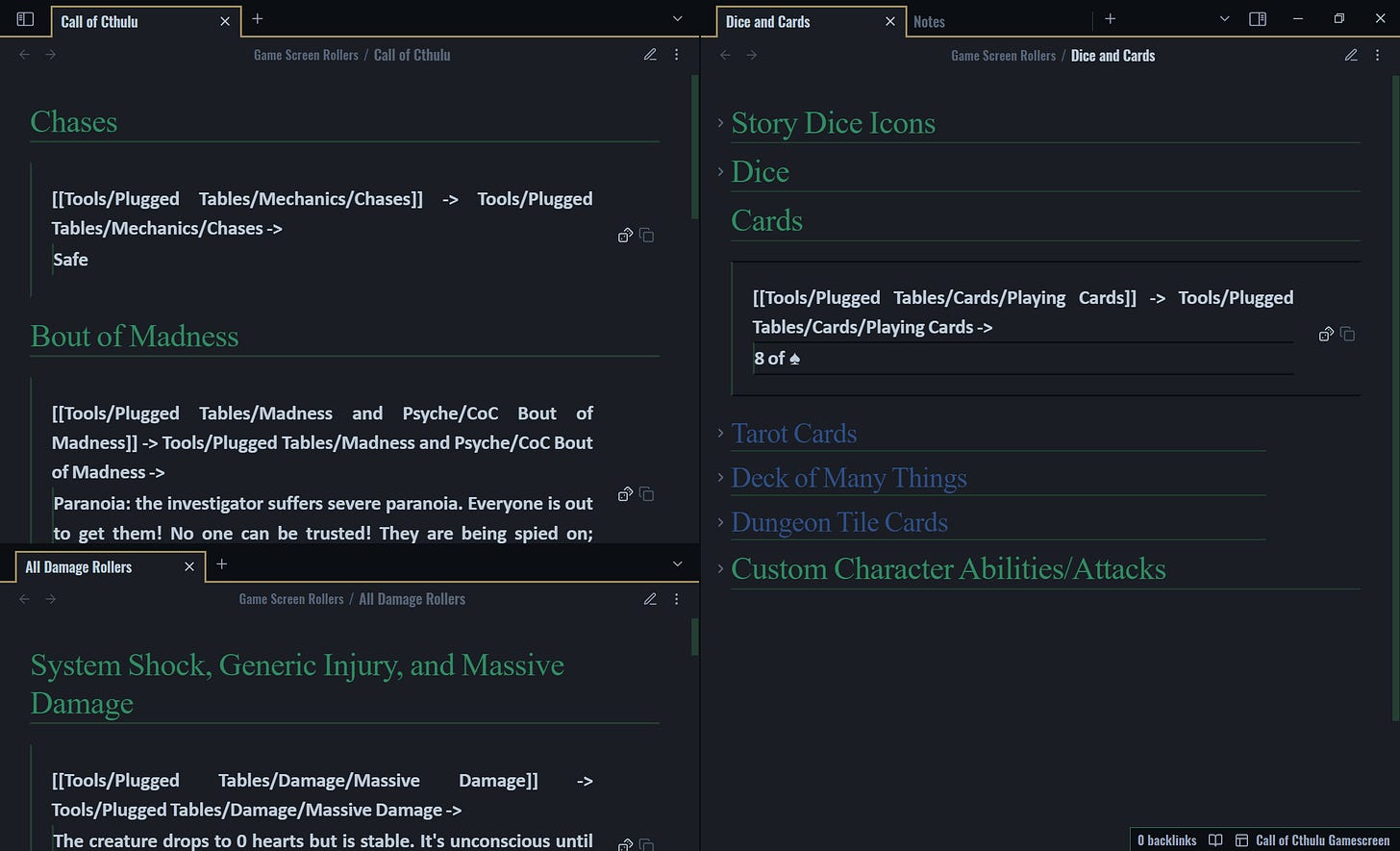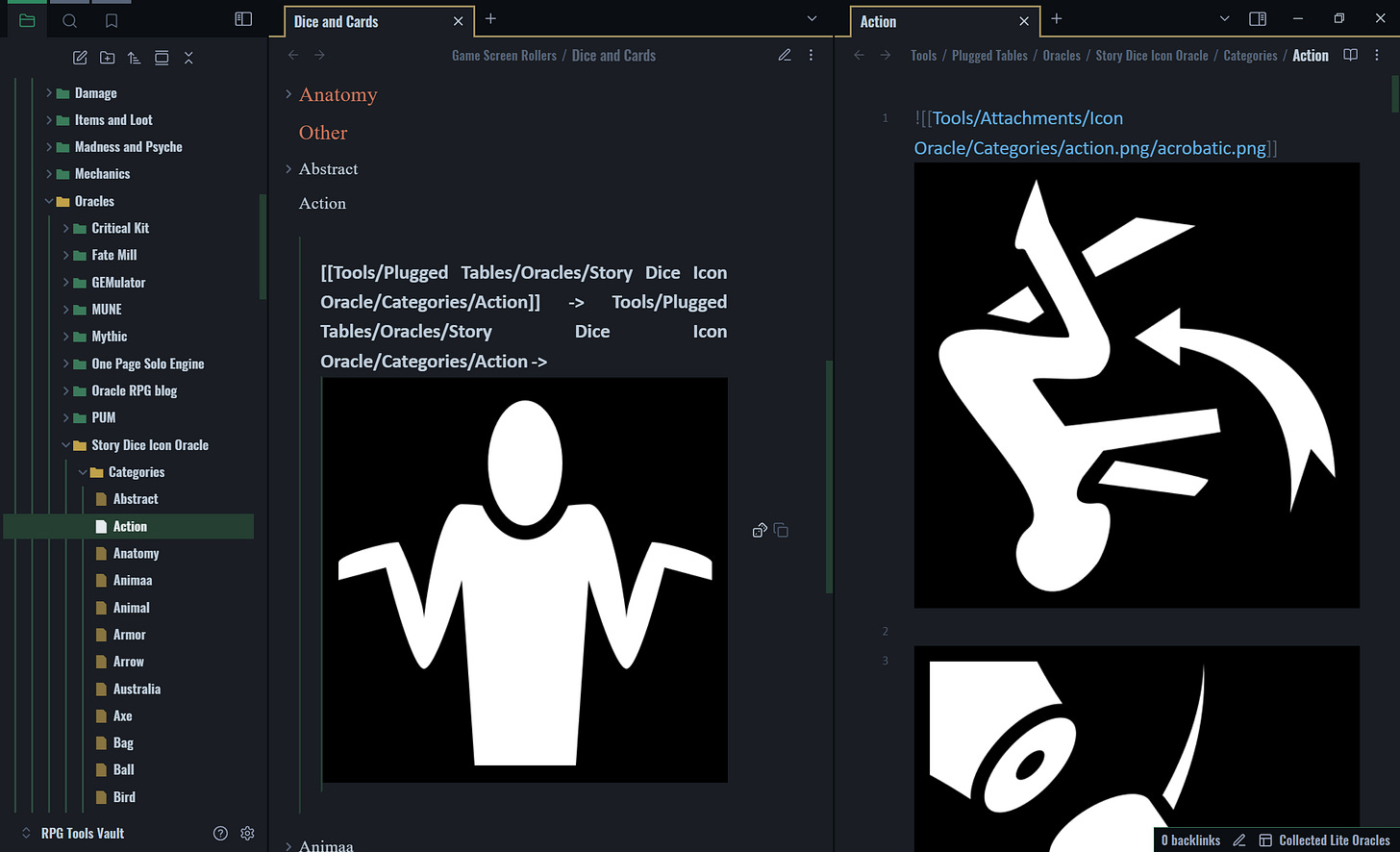Peak Behind the Curtain
After hinting at it in previous posts, I'm finally sharing insights into my workflow and tools. This will likely be the first of several reflections as my process continues to evolve over the coming years.
I firmly believe tools shape creators and their creations as much as we shape our work through them. My attraction to minimalism led me away from the ubiquitous Microsoft Office ecosystem that dominated my college and early professional years. Financial constraints and an aversion to subscription models pushed me toward free alternatives like LibreOffice before I discovered the world of hierarchical knowledge bases and streamlined text editors.
The transition from traditional digital page-based interfaces to minimalist scrolling text editors like Focus Writer and Ghostwriter was transformative for my productivity. I even experimented with dedicated writing hardware like the Alpha Zero and King Jim Pomera devices.
Now however, Obsidian.md has become my essential tool supporting creative fluidity across projects and evolving into a productive obsession. Markdown file formats are my gold standard. With a simple file explorer, an active modding community, and features like dice rolling and table generation, it offers a powerful yet minimalist environment for creative work and game mastering.
Babies First Vault
New users immediately face the question: "How many vaults do I need?"
My answer: Yes.
Unlike entrepreneurial bloggers who create sprawling all-in-one vaults—with daily note chores, excessive tagging, and graph visualizations resembling fog clouds—I take a different approach. I still don't grasp the value of seeing that I referenced "pickles" 73 times, including once in relation to "Sandlot" rather than sandwiches. If you've mastered turning tags into monetization tools, more power to you.
I prefer purpose-specific vaults with hierarchical folder structures. Occasionally I'll create an index file for navigation, but often I don't bother. What matters to me is the marriage of file explorer with text editor, plus practical features like table display and collapsible headers.
Currently, I have a single vault for RPG journaling, homebrew, and design. In addition, I maintain a "Toolkit" vault, purpose-built for gamescreens, with documents functioning as custom dice rollers, a map and token vault for tabletop simulator canvases, and a TEMP vault. I’m considering repurposing the latter into a markdown rulebook repository, as I’ve recently resumed converting PDFs.
Interestingly, a company called Oddfish Games has produced a series of oracle systems, including the Radiance Adventure Engine and the Shine Storytelling Engine, which they distribute digitally as Obsidian vaults. Naturally, I was more than happy to purchase them.
What’s in My Vaults
Here’s a quick overview of my Journal vault.
If you’ve ever used tools like Scrivener, Ulysses, or the lesser-known open-source yWriter, you'll grasp the basic format quickly. The main difference is that instead of writing EPUBs and navigating chapters via a sidebar, you're working in Markdown with a general-purpose folder view for navigation.
I can’t overstate how satisfying it was to finally understand the appeal of minimal file formats. Letting go of the traditional document as a paged canvas—where design elements constantly demand attention—in favor of plain text formats like .TXT, .RTF, or .MD is a luxury you don’t realize you're missing until you experience it.
I’m sure seasoned coders and academics would find this trivial and think I arrived late to the party, but for me, it was a revelation a few years ago. On top of that, Obsidian supports HTML and Unicode, allowing for some light design elements. I first noticed this when browsing the Blades in the Dark SRD in Obsidian’s editor and saw icons like ⏣ and ⦻, symbols I’d never encountered as pastable text before. The important difference being that they’re design that you write with, rather than pause to navigate endless menus and submenus in the ribbons.
That said, it's easy to get lost in Obsidian’s extensive customization options, especially once you start exploring the community behind it. The platform has a highly active third-party development scene, with a semi-open-source plugin ecosystem. Built on the Electron framework, essentially a Chromium-based offline browser, it interacts with a designated folder as a "vault." I frequently add or remove plugins based on a vault’s purpose, but I generally integrate the following across all setups for consistency. To replicate my setup in a new vault, I simply copy an existing vault, delete all its contents except the .obsidian folder, rename it, and it's ready to go.
Essential Plugins
Advanced Merger
Advanced Slides
Advanced Tables
Better Export PDF
Better Callout Manager
Charts
Colored Text
DataLoom
Dice Roller
Emoji Shortcodes
Emoji Toolbar
Excalidraw
File Color
Hider
Markdown Formatting Assistant
Mermaid Tools
Multi-Column Markdown
MySnippets
Note Refactor
Plugin Update Tracker
Style Settings
Surfing
Table Generator
Templator
Workspaces Plus
Other Tools
For Unicode character reference, I’ve bookmarked the following resources:
https://emojipedia.org/
https://symbl.cc/
https://www.compart.com/en/unicode
Vault Setup Example
One of my more interesting vaults, Toolkit, leans heavily into the dice rolling plugin. However, it's also a prime example of the limitations of a purely hierarchical system. File volume increases rapidly as more lists are added for the dice roller to reference. The scroll bar alone is enough to make navigation tedious.
The tables used for rolling are stored in separate files, each acting as a list.
Despite the clutter, the dice roller functions exceptionally well—simply clicking anywhere in a designated roller box or on the dice icon executes a roll.
Creating a roller is simply a matter of entering a bit of syntax, like so:
`dice: [[Tools/Plugged Tables/Cards/Playing Cards]]`.
There’s no need to memorize file paths. Obsidian’s auto-complete dropdown makes selection effortless. To keep things organized, I always store these lists in a dedicated Plugged Tables folder.
While I mentioned text editors like Scrivener earlier, don’t assume Obsidian is limited to a single editor window.
The interface is highly customizable, allowing for multiple workspace layouts.
Pair this flexibility with a second monitor, and you’ve got the foundation for a full-fledged game screen setup. When switching between views, I default to CTRL+P, type "workspace," and select Manage Workspaces to access all my custom layouts.
Setting up can be tedious at first—navigating files and configuring layouts—but once it's done, it becomes a permanent, reusable tool tailored to my needs. There’s supposedly a way to make the roller work directly with a table, but I haven’t figured out the syntax yet. Once I find the easiest method, I rarely abandon it, so for now, I’ve settled on using list files instead.
Physical VS Digital Dice
If you’ve made it this far, you’re getting the full picture of my philosophy on gameplay and design: digital is king. This approach means giving up the satisfying clinks and thunks of rolling dice in favor of cold, silent number generation from silicon—ironically, that hasn’t stopped me from collecting dice I never use.
I love rolling dice. What I don’t love is breaking the flow of a story. For me, stopping to consult tables always felt like an interruption, so I’ve done away with it entirely. I still need to playtest my theory that this makes oracle integration ten times smoother—I haven’t yet used the Mythic Game Master Emulator in any of my adventures.
There’s a freedom in offloading that mental overhead—eliminating the chain of connections like:
“Die result is 5.”
“5 means ‘yes’ on the oracle.”
“Alright, he passed.”
Instead, you just press a button and see “Yes” instantly.
It’s not much, I know, but it adds up when you realize you can dump a huge wealth of information.
It can eliminate all kinds of needless page flipping.
Again, you can roll off a list file that you can fill out to your hearts content. This means you have endless dice that have essentially infinite customizable sides with no constraint on what each side can convey. You can even use links to images you store anywhere of your choosing in the vault that display inside the editor.
More on the Markdown Format
Now, you’ve heard me rant plenty about the superiority of Markdown, and I’m sure you’re sick of it.
"Guy. Chill. It’s just a wall of text, bro."
Fair enough. Maybe I’m just a weirdo who prefers endless scrolling over aesthetic page-flipping that doles out tiny accomplishments with a progress indicator every few minutes.
But there’s another advantage to treating a document format as your "book" rather than using a traditional book format like .EPUB or .PDF. Raw text is the easiest format for AI to process. Now, I know—that’s yet another hot-button issue—but I’m not talking about content generation or dumping entire systems into a slurry to churn out garbage. I’m talking about making it easier to read and comprehend rulebooks.
We’re not far from a future where a folder full of PDFs can be broken down and explained to you like a personalized Wikipedia page, tailored to your needs in real time. I’m already getting a taste of it with an experimental tool from our benevolent Google overlords. I’m talking about NotebookLM. Here’s hoping it sticks around.
As it stands, it can process PDFs—as long as they aren’t just collections of image scans—but raw text formats offer the highest accuracy.
I’m not sure whether it’s built with an agentic model or simply trained with a strict set of guardrails that keep it laser-focused on the sources you add to a notebook. Either way, it’s purpose-built and stays on topic, relying solely on the materials you provide.
I will say this—ignore the studio tools; they’re complete trash. The so-called “podcast” feature, where an AI generates a discussion for you to listen to, is nothing but fodder for low-effort YouTube slop channels. The way it "informs" you on a topic is painfully banal—70% flowery, roundabout language that will frustrate anyone looking for real substance.
The chat function, however, is excellent. And for obsessives like myself, there’s a hidden gem I’m not sure was entirely intentional. If you feed it PDFs with actual text fields, it converts entire documents—hundreds of pages long—into raw text. It’s not pretty, but it’s all there and absolutely worth using.
Basically, it’s free optical character recognition for quick—though somewhat messy—Markdown conversion. You’ll still need to go through and clean it up, adding headers and fixing awkward paragraph breaks where it mistakenly inserts them due to column interruptions. But I was going to read it anyway, and turning it into a project makes me engage with the content more actively.
It’s probably weird, but I enjoy interacting with a book both through chat and during the editing process. It’s fun to go chapter by chapter, asking for summaries, having it explain character creation, then gradually zooming out—digging into world lore, timelines, and broader details piece by piece. It makes it feel less like reading and more like content exploration.
The only complaint is that it won’t reproduce tables from PDFs. However, it does recognize tables in Markdown documents. If you need to recreate a table, you can always take a screenshot and drop it into another chat service like Claude or Mistral. What can I say? Naturally, it can’t all be easy.
Parting Gifts
If any of this resonates with you or proves useful, I can at least start pointing you toward some tools. This is a bit half-baked, as I’ve been hinting at offering things like these for a while, but my attention has been divided between giving myself reading time and keeping up with regular posts and game reports.
That said, I can start the creation process and will keep you updated in future posts if I add more to the vaults with new links. For now, here’s a vault containing a few character sheets I’ve already put together: a Chaosium Basic Roleplaying sheet, a Tiny Dungeon 2nd Edition sheet, and an example sheet showcasing how my homebrew system has evolved for the current Curse of Strahd campaign.
I also wanted to spark some inspiration by mentioning the dice roller vault, but it presented a unique problem—virtually everything in there was derived from copyrighted material. I’ve debated offering readers markdown copies of books I’ve transcribed, provided they can show proof of ownership, but the dice rollers in the toolkit cover an array of proprietary content I won’t risk sharing. I doubt every reader owns The Gemulator, Mythic GME, every Critical Kit sourcebook, or all the Call of Cthulhu supplements.
So, I’ve made do with basic polyhedral dice rollers, a playing card roller (to demonstrate list formatting), and a few unique dice rollers for systems that use custom dice with unique icons. I put those together using whatever image files I could scrounge up—visual approximations of the source material—so take them with a grain of salt.
I’m considering redoing them now that I’ve learned about Unicode, but that’ll have to wait. I’d need to hunt through the reference sites I mentioned earlier to find Unicode symbols that vaguely match the uniqe dice icons. Another future project. For now, they still serve as a demonstration of how to set up list files with image links—just drag and drop the icons from your vault into the text editor while the list file is open, then copy the link as many times as needed to simulate dice sides.
On that note, I hope my ramblings prove useful to someone out there. All of this really is finally a decent introduction to my bread and butter with productivity and work flow. Happy rolling. Have a great adventure.




